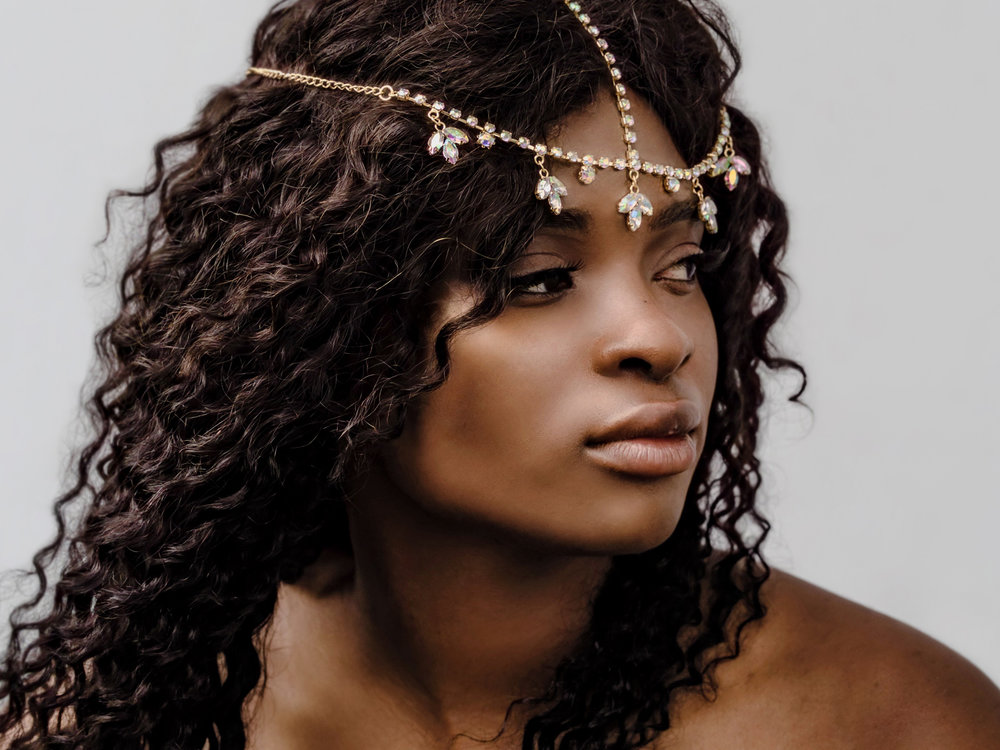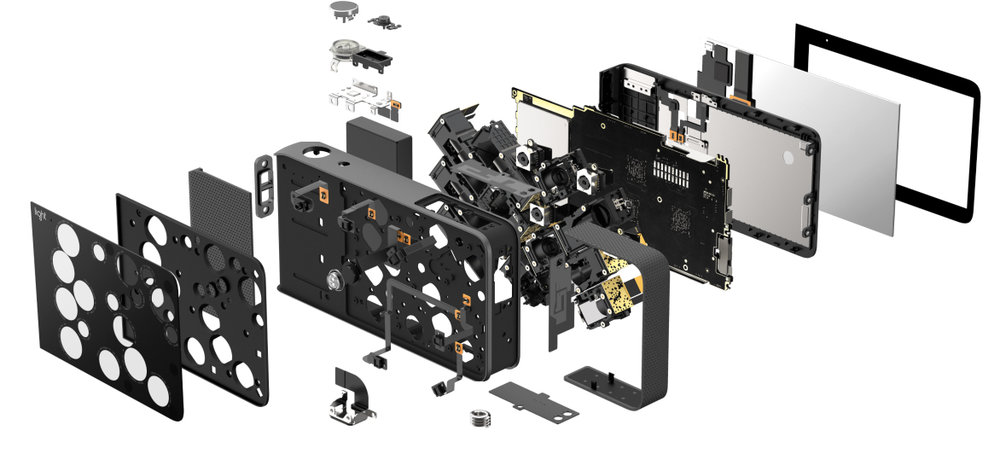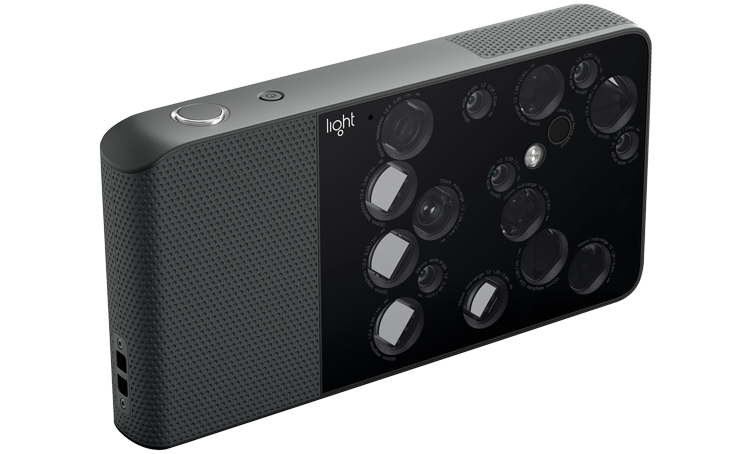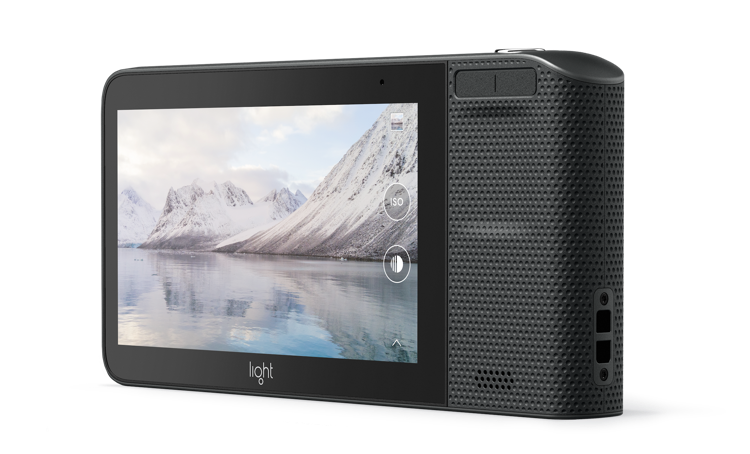
I found this review of the Light L16 Computational Camera on the Travel Is Beautiful website. The L16 smacks of work in progress at this stage but it is nevertheless a unique and interesting concept. The author, Rick, sets the scene:
“Two years ago in January 2016, I preordered the L16 which was estimated to ship the end of that year. That date came and went. Innovation is often difficult and doesn’t often happen on a schedule. And the L16 is cutting edge. As time passed other innovations occurred in the camera world. Leica introduced the M10 which is smaller and lighter than my M240. And, Apple improved the camera on the iPhone X adding a second f2.4 lens and optical zoom. I upgraded both. When I pre-ordered the L16, I was really excited about taking high quality images with a small light camera. When Light notified me that the camera was ready to ship, I was eager to finally receive it. However,, my enthusiasm was tempered as the updated iPhone and Leica M10 both worked to fill the niche I was planning to fill with the L16.”

From the review it looks as though the device is very good for landscape but image sizes are extremely large and the necessary post-processing will be an issue for many. However, post processing is as much part of the photographic art as taking photos nowadays. After all, painting is all about ‘post processing’ and many (particularly non-photographers) regard it as a superior art to photography.
The Light Company boasts a heavyweight, experienced team and an impressive list of major backers. Could the L16 point the way to the future or is is just some more mustard seed by the wayside?
Find out more about the Light 16 here
Here are some additional reviews of the camera from the Light website.
______________



I, for one, do think that computational photography has plenty of excitement around it. I can see it become an artistic tool for some pretty creative ideas. However, when Light decided to take the “see, it works just like any other camera” path, I lost interest. We already have plenty of capable cameras to choose from. Light just made a clunkier version of what we already have.
The L16 is, unfortunately, a silly camera. It’s marketed as a ‘pocketable’ camera ..but it’s three times as big, and nearly three times as heavy, as, say, Sony’s little WX350, but with only one quarter the zoom range of the little WX, and it doesn’t shoot as wide (only 28mm equivalent) compared with the Sony’s 24mm equivalent.
I, too, received my L16 after a l-o-o-o-ng wait ..but it’s a solution in search of a problem. It blends together about 5 separate shots (taken simultaneously by about 5 of its 16 sensors-with-teeny-lenses) without the front of the camera extending when zooming to anything between its 28-150mm (equivalent) focal lengths. (I say equivalent, as these are teeny sensors and lenses – in reality around 3mm – as fitted to mobile phones.)
So the front of the camera remains flat – like a mobile phone’s camera(s) – whichever focal length you use, whereas most other cameras’ lenses stick out of the front of the camera the more that you zoom. BUT, so what? ..With any other compact camera – except, say, the Pentax ‘Q’ series – your zoomed-out lens then retracts when you turn off the camera, so it’s just about flat, or about the same thickness as the L16, when you turn off any compact whose lens protrudes just while you shoot. So what’s the point of the ‘flat’ L16? It isn’t slimmer than a compact – say a Fuji Finepix F550, which you can slip into your pocket – but it’s three times bigger and three times heavier!
There seems to be no advantage to the L16 blending together 5 different shots to make one single picture ..other than the "yippee!" moment of its developers who thought that it might be fun or some kind of technological breakthrough! The supposed ‘advantage’ of having up to 52 megapixels of combined shots in one photo doesn’t mean that the results is in some way ‘sharper’ ..that depends on the quality of the individual lenses, and the quality of the camera’s blending software – both inbuilt, and also in the company’s ‘Lumen’ software which handles photos once you’ve imported them into your computer. It’s lenses which give sharp pictures, not megapixels. And the result is NOT sharper than, say, an RX100 (though those have a bigger single sensor) or a Sony WX350 or a compact 30x zoom HX50 ..in my experience, anyway.
The L16’s present highest ISO is 3200, though perhaps that may improve with a firmware update. Who knows? It presently takes 40 seconds to power up when switched on (!) although its ‘sleep’ mode turns it off ready to be awakened later in just one or two seconds, and its battery does last for ages: I charged up mine and first used it on 25th December, and it still has 27% charge left on 8th January ..but I’ve taken only a few dozen shots.. and it still has room (internal memory only; no SD card slot) for another 1254 shots, it says.
I’ve written back and forth with Light’s support people several times, in particular to say that its touch-screen adjustments work upside-down: to RAISE the ISO you scroll downwards – huh? – and to RAISE the shutter speed you scroll DOWNWARDS (?!) and to OVER-expose you scroll DOWNWARDS ..and vice-versa for each of those options.
It needs two-handed operation – hold the camera with your left hand, and use the right to ‘pinch’ or ‘un-pinch’ for zooming out or in.
It’s cumbersome, it’s relatively heavy for what it does, it’s slow to use, it doesn’t have a viewfinder – unlike the RX100 series or Panasonic TZ100 which are compacts and which DO each have an electronic finder. It’s essentially a humongous mobile phone (similar width and height to my iPhone 6s+) but three times thicker and two and a third times heavier.
Its only advantage over a phone is that it has an – well, a collection of – optical zoom(s) instead of a digital zoom. But th-th-that’s all, folks. Comparing the pix I take with my phone and with the L16, I prefer the photos taken with the phone. Light have offered to take back the L16, and I’m considering it. What do I normally use? ..A PEN-F or EM1Mk1, a Sony A7S or A7RMkII, a Casio ZR-1000 compact (great for low-light, as it blends together 12 instant shots into one bright, noise-free low-light photo), the Sony compacts mentioned above, occasionally a Nikon Df and a Canon 6D. Oh, and a Leica M9. And a teeny, but very handy, Pentax Q-S1. Overall, the L16 doesn’t really serve a purpose; it’s simply a "proof of concept".
Ha is for this, David. It’s good time behave an objective view from an actually user. Mike
Thanks David. It is good, as Mike says, to get feedback from an actual user. I sent this to Mike in order to get some reaction and feedback. By nature, I am a ‘wait and see’ person when it comes to new technology and I perceive this device as very much a work in progress. You are brave to order one. My own preference is for simple and well tried photographic devices.
That being said, photography has undergone a series of paradigm shifts since the introduction of digital and we have now reached the stage at which most of the photographs taken around the world on any given day are taken with phones rather than stand alone cameras. The main potential developments for the future arising from this device would seem to be the bank of lenses (obviating the need for a bag full of lenses) and the post processing possibilities (which would seem to be extensive over time). Judging by your list of cameras above, you seem to be a serious digital camera enthusiast. Leaving aside the clunky nature of this device and its associated software, do you see any potential for this to be developed into a 21st century photographic recording device for enthusiasts? It has already happened in the market for compact cameras. Could it happen again in the market for more sophisticated enthusiast cameras? I am talking about the future rather than the here and now, as this device would seem to be no more than an early prototype, that has made its way into the market, at this stage.
William
William ..you said "..the clunky nature of this device and its associated software.." and that really sums it up!
Do I see any 21st century potential for this? Yes, but Light missed the boat. While they were working on their huge, rather heavy camera with its 16 lenses (the L16) Apple produced the thinner, lighter iPhone X with its two lenses and ‘Portrait Lighting’ ..as did Samsung with their Note8 with two lenses and ‘bokeh blur’, as did Huawei with their Mate10 with two lenses and its ‘bokeh blur’. Those phones don’t have the same range of optical zoom (150mm equivalent) as the L16, but the cost of that 150mm range is that it takes 6 narrow-angle camera modules (and associated processing) in the L16 to achieve it. Why bother when the teeny WX350 does 24-480mm instantaneously, with no post-processing, in a third the size and weight?
Other ‘orthodox’ cameras – like the Panasonics with their ‘post-shot’ enabled bokeh adjustment – offer what the L16 has, but with easier tweaking. And those tiny lenses and sensors of the L16 mean that, unless you’re shooting something close to the camera, you really don’t get much ‘large sensor / long focal length’ bokeh with the L16 at all, and if that’s what people like, they’ll have to apply it afterwards to L16 photos using Light’s cumbersome ‘Lumen’ software (..or, better still, with the works-with-any-picture ‘FocalPoint2’, or ‘Movavi Photo Focus’, or ‘ON1 Photo 10’).
The principle of ‘blend several images’ is already in use (in phones, and phone-like cameras), but the EXECUTION needs huge improvement. Think of the couple of Lytro ‘light field’ cameras; they died a death, and Lytro is focusing now on professional cinematography, and not amateur pop-in-your-pocket post-processing cameras. But multi-sensor cameras like this L16 don’t provide the shallow depth-of-field which, say, cinematographers – or others – sometimes use or want ..so ‘computational cameras’ with SMALL sensors wouldn’t be much use for traditional cinematography.
I’m reminded of the four-lens Nimslo cameras, which disappeared without trace after a few months. I really see no point to the complicated alignment of several separate lenses and sensors, and the ‘computational’ merging of several nearly-overlapping individual frames just to produce one single photo when one sensor with one good quality zoom lens – and, say, several shots at different focus points – will do the same thing more simply.
Inserting several tiny sensors-&-lenses into a human body for high-res medical photography might be one application for this. Ditto for hi-res industrial photography in hard-to-reach crevices.
But for ordinary amateur and professional photography – people, places, events, moods, art – I don’t see the point. I can get images faster, conveying more mood, with less post-process fiddling, and even with higher resolution, using an ‘orthodox’ camera ..so I see no future for ‘computational’ photography unless it’s made brisker, slimmed down to four lenses at most, comes with a viewfinder, and at a fraction of the price.
David, thanks so much for your two very valuable contributions and so well constructed as one would expect from a professional journalist and former editor. It occurs to me that I (or you) could turn this into a nice little article to refer back to today’s piece. What do you think? Your byline and links to your sites is all I can offer in return, however.
Mike
Well, I don’t have a site – other than for occasionally holding photos for now and again embedding in other articles – and I’m not really interested in a "by-line", thanks all the same. I was just commenting from actual use of the camera ..rather than quoting from the manufacturers’ blurb, or being all enthusiastic just because it’s new. I was trying to give a ‘balanced’ view ..but there’s so much against it, compared with what can be said FOR it, unfortunately. Others may disagree.
But it’s your site, Mike, so whatever takes your fancy..
Thanks David. Your knowledge of the cutting edge of digital photography is obviously much greater than mine. I am a traditional film photographer who has taken up digital in the past 12 years or so, but I like my digital cameras to look and handle like film cameras eg the Leica M10 and the Fuji X-Pro 2. I also have a background in telecoms and have dealt with companies like Huawei. I must admit that I have been amazed at the speed to which photography ‘traffic’ has gone from cameras to phones. We did envisage the need for more international and national fibre connectivity, but nothing like the amount that was needed to transmit all of that video/photo content that is flying around the globe on a daily basis.
Light may have failed with this one, but maybe their next effort, if there is one, will be more aligned with the needs of photographers. As we say where I come from ‘God loves a trier’.
William
Light